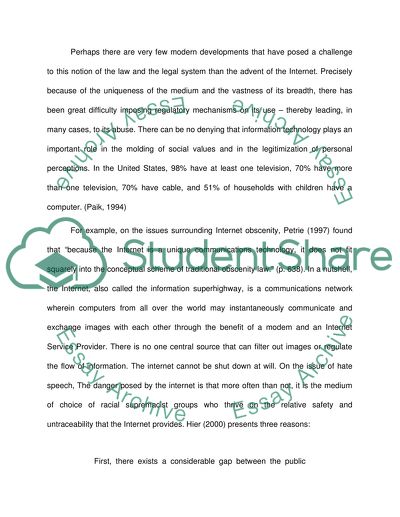Cite this document
(IT to Determine Social Change Essay Example | Topics and Well Written Essays - 1500 words, n.d.)
IT to Determine Social Change Essay Example | Topics and Well Written Essays - 1500 words. https://studentshare.org/information-technology/1509940-information-technology-determines-contemporary-social-change-discuss-giving-examples
IT to Determine Social Change Essay Example | Topics and Well Written Essays - 1500 words. https://studentshare.org/information-technology/1509940-information-technology-determines-contemporary-social-change-discuss-giving-examples
(IT to Determine Social Change Essay Example | Topics and Well Written Essays - 1500 Words)
IT to Determine Social Change Essay Example | Topics and Well Written Essays - 1500 Words. https://studentshare.org/information-technology/1509940-information-technology-determines-contemporary-social-change-discuss-giving-examples.
IT to Determine Social Change Essay Example | Topics and Well Written Essays - 1500 Words. https://studentshare.org/information-technology/1509940-information-technology-determines-contemporary-social-change-discuss-giving-examples.
“IT to Determine Social Change Essay Example | Topics and Well Written Essays - 1500 Words”. https://studentshare.org/information-technology/1509940-information-technology-determines-contemporary-social-change-discuss-giving-examples.


